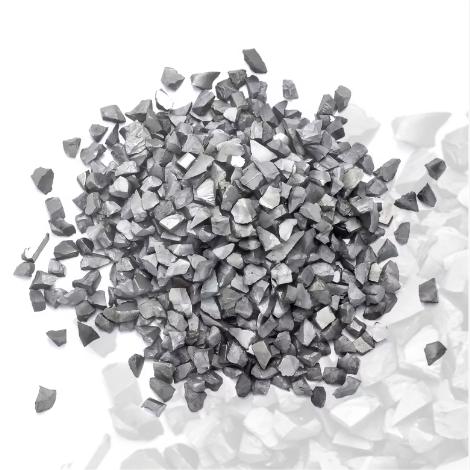Ever wonder how to tell if metal’s secretly plating onto something in an electrolytic cell? Especially when it looks kinda like a regular battery? Let’s crack this case. Think of it like being a metal detective. We need clues to spot the plating.
(How To Find Metal Plated In Electrolytic Cell From Voltic Cell)
First, know your cells. A voltaic cell, like a standard AA battery, is all about making electricity. Inside, chemical reactions happen spontaneously. They push electrons through a circuit, powering your gadgets. One metal gives up electrons, another grabs them. That’s the core job.
An electrolytic cell is different. It *uses* electricity. You plug it into a power source, like a battery or a power supply. This outside push forces chemical reactions that wouldn’t happen on their own. This is where plating comes in. We force metal ions dissolved in a solution to grab electrons and stick onto an electrode as solid metal. That’s electroplating.
So, how do you actually *see* this plating happening in your electrolytic setup? Look for these signs:
1. **The Electrode Changes:** This is the biggest clue. Find the electrode connected to the *negative* terminal of your power source. That’s the cathode. Watch it closely. Over time, you might see a new color appear on its surface. Shiny silver? Maybe it’s silver plating. Pinkish hue? Could be copper. A dull grey layer? Possibly zinc or nickel. The exact color depends on the metal ions in your solution. If that electrode starts looking different, especially getting a metallic coating, you’ve likely got plating.
2. **Check the Solution:** What’s in the bath? Electrolytic plating needs specific dissolved metal ions. If your solution contains something like copper sulfate (CuSO₄), silver nitrate (AgNO₃), or nickel sulfate (NiSO₄), plating is definitely possible when you turn the power on. These solutions provide the metal bits ready to plate out.
3. **Power is Key:** Remember, plating needs that external electrical push. If your cell isn’t connected to a battery or power supply, and nothing’s happening spontaneously, then no plating is occurring. The power forces the metal ions to move to the cathode and deposit.
4. **Other Reactions:** Sometimes you see bubbles. That’s usually gas forming at the electrodes. Hydrogen bubbles often appear at the cathode *alongside* plating, especially if the solution is acidic. Oxygen might bubble at the positive electrode (anode). Seeing bubbles doesn’t mean plating *isn’t* happening; it might just be sharing the stage.
5. **The Flip Test:** Here’s a neat trick. Run your electrolytic cell for a short while. Carefully disconnect the power. Take out the electrode you suspect is being plated (the cathode). Rinse it gently with water. Now, try scratching its surface *very lightly* in a small spot with something non-metallic, like a plastic probe or even your fingernail. Does the new layer seem like a coating? Does it flake or rub off differently than the base metal underneath? A distinct layer is a strong sign of plating.
(How To Find Metal Plated In Electrolytic Cell From Voltic Cell)
Finding plated metal boils down to observation. Watch the cathode for color changes. Know what’s in your solution. Confirm you’re using an external power source. Simple detective work reveals the hidden metal treasure formed by electricity’s magic touch.
Inquiry us
if you want to want to know more, please feel free to contact us. (nanotrun@yahoo.com)


